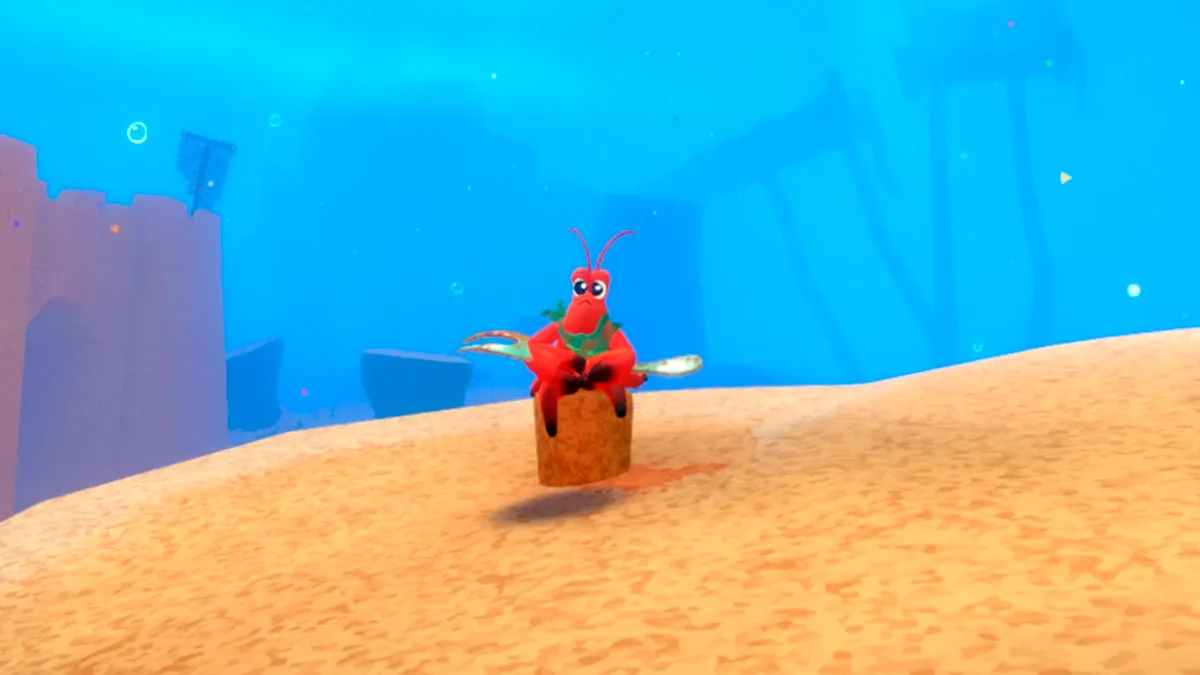It’s tough to describe Dear Esther. It’s closest to an adventure game, albeit an experimental one. There’s no item gathering or conversation trees, or any of the standard mechanics you’d find in other titles of the genre, just you, a mysterious island, and a unique narrative to explore.
Dear Esther is set on a Hibredian island off the coast of Scotland, long since abandoned by the shepherds and farmers who used to live there and inhabited solely by a radio tower and its single, blinking red light. The game’s story is told in random bits and pieces by an unnamed narrator, in the manner of a letter written to his love, a woman named Esther. It’s difficult to not venture into spoiler territory given how short Dear Esther is (or how ambiguous its story), but you get the impressions early on that there was an unfortunate car accident with a drunk driver, something that continues to haunt the narrator as you explore more of the island and continue your ascent towards the tower. You’ll also start to pick up some of the history of the island and the narrator’s reasons for going there alone. But, given how incoherent his narration is, it’s also unclear as to whether you’re playing the narrator, if you’re someone who is following in his footsteps, or if the island is real or a dream. In fact, in an adventure game that lacks puzzles, I’d venture a guess and say that the biggest challenge you’ll face is piecing together these chunks of narrative and coming to your own conclusion as to what’s happened to the narrator and Esther.
You’ll be limited to a linear path for the better part of your travels in Dear Esther, although you will have a fair amount of opportunities to explore your surroundings. Dear Esther‘s four chapters are filled with incredibly detailed environments: You’ll start off near an old lighthouse, then wander through overgrown fields, beaches with shipwrecks and crystal-laden caves. Throughout your explorations, you’ll find little things that build upon atmosphere of Dear Esther’s scenery, like an armada of paper boats trapped in an underground river, or candles surrounding chemical diagrams and graffiti created with luminous paint on rocks and cave walls. Completing the ensemble is Dear Esther‘s haunting and beautiful soundtrack, filled with somber piano and violin arrangements. There’s also a slight feeling that you may not be alone on this island and that someone is just a few steps ahead of you. You’ll come across lit candles along your pathways, or you’ll catch glimpses of someone standing on a cliff side only to discover they’re gone the moment your path takes you out of eyesight.
Dear Esther also has some random elements that may encourage you to at least revisit the island once you’ve reached the end of your journey. Dear Esther is short enough that I was able to play through it nearly twice in the space of one afternoon, but it was surprising to discover that the experience isn’t entirely the same. Depending on where you walk and what you look at, the narrator’s story can be somber and depressing, or other times thoughtful or philosophical. You might be startled by a bird roosting in an empty, dilapidated house, or see an ominous light emanating from a distant cave, only for those moments to be absent your second time around. It’s a very nice touch that both adds to the mystery of Dear Esther‘s story, while also offering up more details about the island, the narrator’s past, and the car accident.
There are some limitations in Dear Esther. For one, your character can’t jump, which prevents you from checking out some areas of the island more in-depth. You’ll also occasionally run into invisible walls preventing you from getting to areas that seem accessible at first glance. In addition, there are only a handful of places your character will be able to swim, meaning you’ll “drown” if you try to venture too far out to sea to try and get a closer look at something. These events break Dear Esther‘s hefty immersion, but thankfully they’re few and far between.
When it all comes down to it, Dear Esther is a game that puts story over gameplay, and in many ways successfully creates a unique experience. That being said, Dear Esther isn’t for everyone. If you’re the type of gamer who feels most comfortable with a laser assault rifle at your side, then you might not enjoy what makes Dear Esther unique. If you’re the type who believes that games can be art or tell an interesting story, then Dear Esther may be more your style.
Bottom Line: Dear Esther brings a different kind of narrative experience to gaming.
Recommendation: If you’re the type who believes that games can be art or are just looking for something incredibly different from the mainstream, then you should check out Dear Esther.
[rating=4]Game: Dear Esther
Genre: Adventure
Developer: thechineseroom
Platform(s): PC, Mac OS



